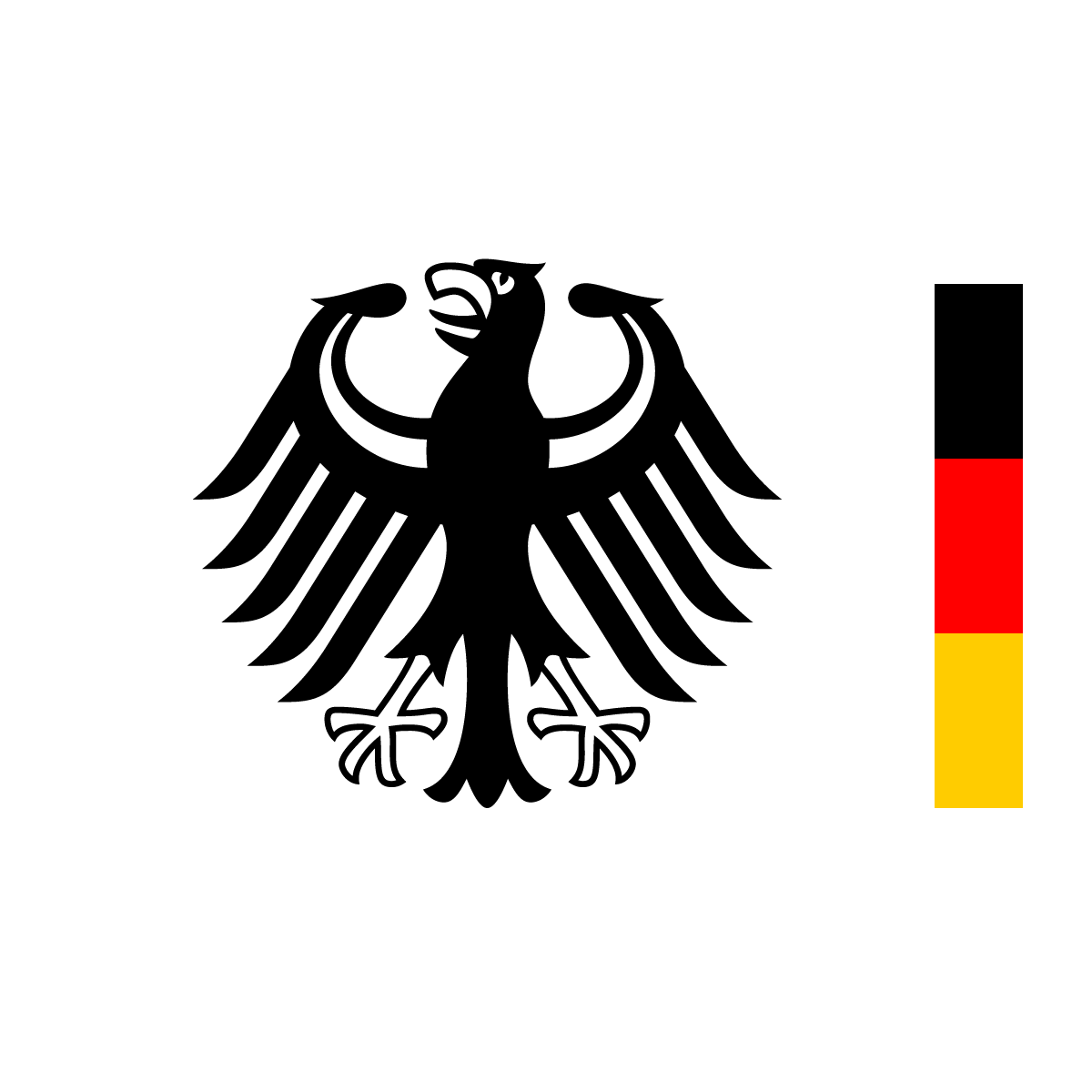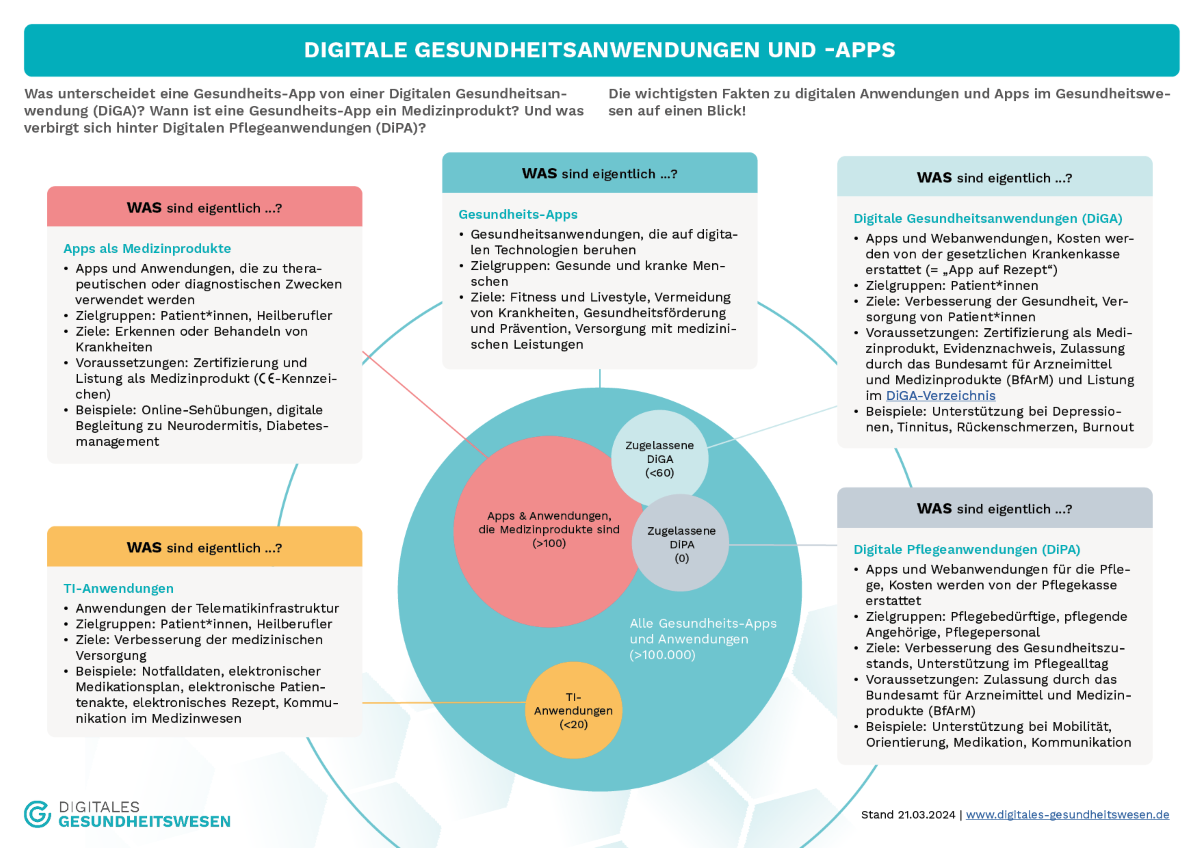CVE-2024-43801 - Jellyfin Cross-Site Scripting (XSS) via SVG Image Upload
CVE ID : CVE-2024-43801 Published : Sept. 2, 2024, 6:15 p.m. | 59 minutes ago Description : Jellyfin is an open source self hosted media server. The Jellyfin user profile image upload accepts SVG files, allowing for a stored XSS attack against an admin user via a specially crafted malicious SVG file. When viewed by an admin outside of the Jellyfin Web UI (e.g. via "view image" in a browser), this malicious SVG file could interact with the browser's LocalStorage and retrieve an AccessToken, which in turn can be used in an API call to elevate the target user to a Jellyfin administrator. The actual attack vector is unlikely to be exploited, as it requires specific actions by the administrator to view the SVG image outside of Jellyfin's WebUI, i.e. it is not a passive attack. The underlying exploit mechanism is solved by PR #12490, which forces attached images (including the potential malicious SVG) to be treated as attachments and thus downloaded by browsers, rather than viewed. This prevents exploitation of the LocalStorage of the browser. This PR has been merged and the relevant code changes are included in release version 10.9.10. All users are advised to upgrade. Severity: 4.6 | MEDIUM Visit the link for more details, such as CVSS details, affected products, timeline, and more...

Published : Sept. 2, 2024, 6:15 p.m. | 59 minutes ago
Description : Jellyfin is an open source self hosted media server. The Jellyfin user profile image upload accepts SVG files, allowing for a stored XSS attack against an admin user via a specially crafted malicious SVG file. When viewed by an admin outside of the Jellyfin Web UI (e.g. via "view image" in a browser), this malicious SVG file could interact with the browser's LocalStorage and retrieve an AccessToken, which in turn can be used in an API call to elevate the target user to a Jellyfin administrator. The actual attack vector is unlikely to be exploited, as it requires specific actions by the administrator to view the SVG image outside of Jellyfin's WebUI, i.e. it is not a passive attack. The underlying exploit mechanism is solved by PR #12490, which forces attached images (including the potential malicious SVG) to be treated as attachments and thus downloaded by browsers, rather than viewed. This prevents exploitation of the LocalStorage of the browser. This PR has been merged and the relevant code changes are included in release version 10.9.10. All users are advised to upgrade.
Severity: 4.6 | MEDIUM
Visit the link for more details, such as CVSS details, affected products, timeline, and more...










































































